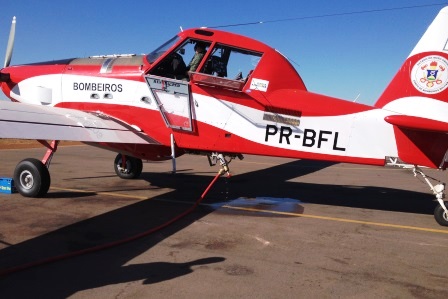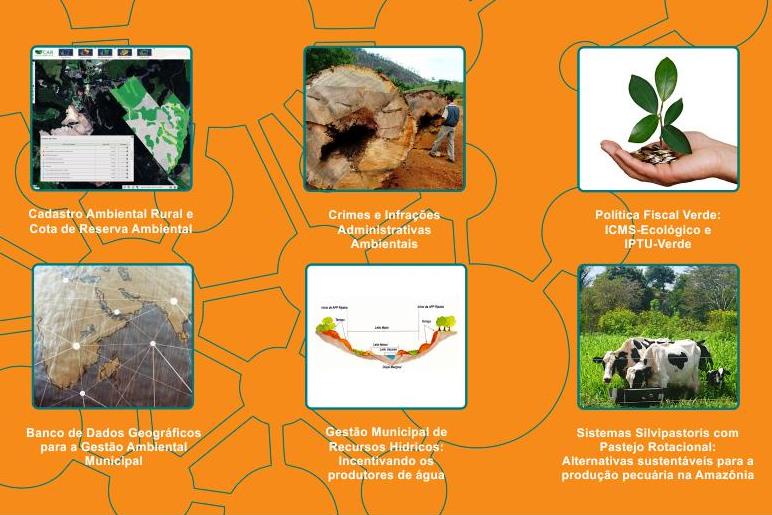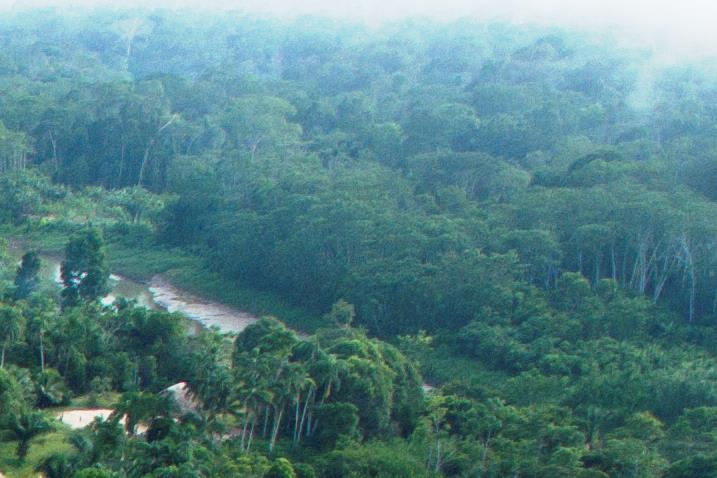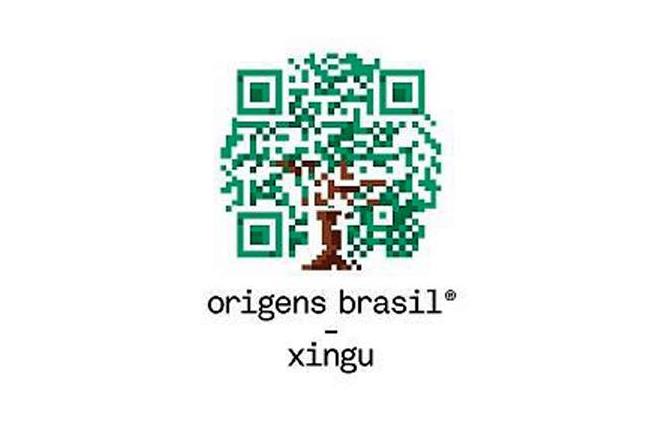Result and Impact indicators
The activities of the project contributed to the results related to the components “sustainable production” (1) and “land-use planning” (3) of the Amazon Fund’s Logical Framework.
The results of the main indicators used to monitor the expected outcomes are presented below.
Direct effect 1.1 – Identification and development of economic activities for sustainable use of the forest, agroforestry and biodiversity
- Revenue from the sustainable economic activity supported by the project (outcome indicator)
Target: undefined | Result achieved: R$ 131,000
The result achieved refers to the year 2018, resulting from the commercialization of Brazil nuts by the indigenous peoples of TIs Trincheira Bacajá and Apyterewa.
- Number of indigenous people trained in activities related to the handling, processing and marketing of agroforestry products (output indicator)
Target: 60 | Result achieved: 87
Direct effect 3.2 – Land-use planning through Territorial and Environmental Management Plans (PGTAs); strengthening of institutions and leaderships for territorial and environmental management
- Number of TIs for which PGTAs were developed or revised (number of plans) (output indicator)
Target: 6 | Result achieved: 6
- Area of the TIs with land use defined through PGTAs (output indicator)
Target: 3.5 million ha | Result achieved: 3.5 million ha
The implementation of PGTAs in their territories is an important achievement for indigenous communities, as it means they have undergone a participatory planning process, which is especially relevant in societies where the collective good has a preponderant role in the organization of social life. PGTAs can be used to subsidy the dialogue with public institutions and the development of fundraising projects.
- Number of indigenous people trained as socio-environmental agents (output indicator)
Target: 90 | Result achieved: 133
With the support of the project, indigenous people received training in the management of PGTAs, territorial surveillance and environmental monitoring.
- Area of the TIs under community surveillance and protection (outcome indicator)
Target: 2.8 million ha | Result achieved: 2.2 million ha
- Number of surveillance expeditions carried out (output indicator)
Target: 48 | Result achieved: 29
One of PNGATI’s main objectives is to guarantee the integrity of indigenous territories. Indigenous people themselves can be on the front line of territorial protection, participating in surveillance expeditions. is the number of expeditions was lower than the expected mainly due to the fact that formal expeditions to TI Apyterewa were not carried out, due to the risk to the physical integrity of the people involved.
As a general result of the project, approximately 8,800 indigenous people from seven indigenous ethnic groups benefited from the activities developed.
The table below shows the evolution of deforestation in recent years in the TIs covered by the project. The area deforested annually in the four TIs in the state of Amapá is compatible with the general situation observed in TIs in the Amazon, characterized by low deforestation rates. However, as of 2018, an increase in this rate was observed in TIs Trincheira Bacajá and Apyterewa, located in the state of Pará. This increase became exponential in 2019. In this serious scenario, urgent measures to repress illegal deforestation need to be taken by the competent authorities, as the efforts to promote sustainable productive activities and land use planning supported by the project are insufficient to stop it.
|
TI
|
Area (km²)
|
Total deforested by 2019 (km²)
|
|
|
2014
|
2015
|
2016
|
2017
|
2018
|
2019
|
|
Juminá
|
414
|
1.7
|
0
|
0
|
0
|
0
|
0
|
0
|
|
Galibi
|
60
|
0.52
|
0
|
0
|
0
|
0
|
0
|
0.09
|
|
Uaçá I and II
|
4,676
|
74.65
|
1.37
|
0.68
|
0.5
|
0.99
|
0.8
|
3.81
|
|
Waiãpi
|
6,040
|
21.44
|
0.39
|
0
|
0
|
0
|
0.4
|
1.05
|
|
Trincheira Bacajá
|
16,961
|
255.79
|
1.03
|
5.15
|
5.85
|
12.78
|
16.85
|
55.91
|
|
Apyterewa
|
7,772
|
809.1
|
5.18
|
6.02
|
5.08
|
5.68
|
19.82
|
84.24
|
|
TOTAL
|
35,925
|
1.163
|
7.97
|
5.83
|
11.43
|
19.45
|
37.87
|
145.1
|
Source: Inpe/Prodes.
Institutional and administrative aspects
All of the actions planned within the scope of the project were carried out, with the exception of the partial implementation of territorial surveillance activities and promotion of formal neighborhood agreements for the ordering and integrated management of the territory around the TIs. These actions were partially impaired, especially by the intensification of land disputes in the surroundings.
In the difficult context mentioned above, the frequent changes in the command of the federal public administration bodies responsible for indigenous issues also negatively impacted the project. This fact hindered, for example, the functioning of Funai’s Regional Committees, which were created as instances of planning, communication, shared management and social control, where indigenous people and Funai employees can jointly plan the structuring of integrated arrangements between the federal, state and municipal spheres.
Risks and lessons learned
An important lesson to be learned from indigenous projects is that, due to the importance of social participation in the construction and performance of actions and activities carried out by indigenous peoples, including broad discussions within communities and between different communities, a greater availability of time is needed in order for for these decisions to be made , that being the reason why some of the project’s activities started late, which has allowethem to be conducted quite effectively, and the results obtained to really be those desired by the benefited communities.
One success of the project was prioritizing the structuring and coordination of multi-institutional arrangements to support indigenous initiatives using the PGTAs as an anchor, which went on to guide the creation of integrated agendas for the public and private actors who interact with indigenous peoples. An example of this is the arrangement of the PGTAs of TIs Trincheira Bacajá and Apyterewa, in the state of Pará, with the Belo Monte Hydroelectric Plant (UHE), which now supports them with resources from its Basic Environmental Plan (PBA).
Sustainability of results
The development of the PGTAs and the other actions implemented by the project are an important legacy, since the indigenous peoples now have strengthened community associations and their own technical staff for addressing the theme of sustainability, including production processes and the marketing of their production.
The indigenous organizations that benefited from the project’s actions became capable, to varying degrees, of implementing community projects and preparing income statements. As a result, they’ve started to count on new financial support from other partners.
The environmental monitoring networks structured with the support of the Amazon Fund have continued to carry out their work after the conclusion of the project, covering five TIs under community surveillance and protection, in an area of approximately 2.2 million ha.








